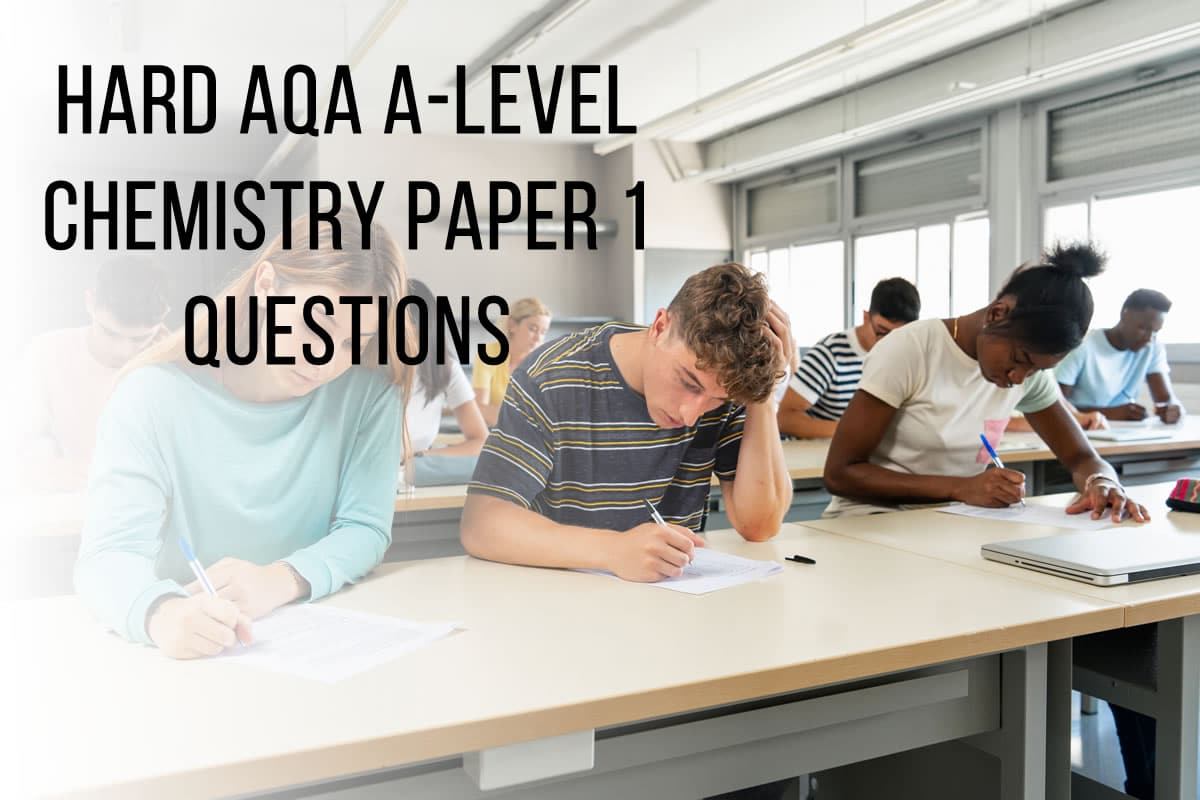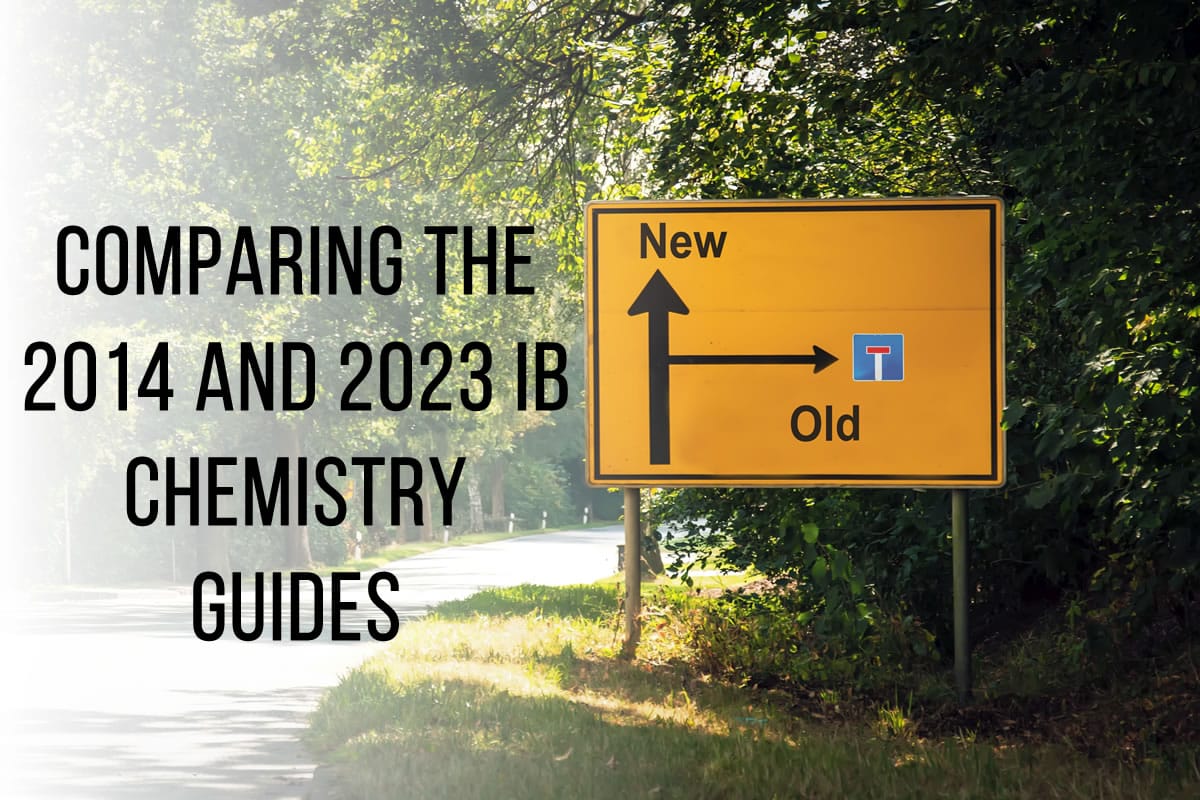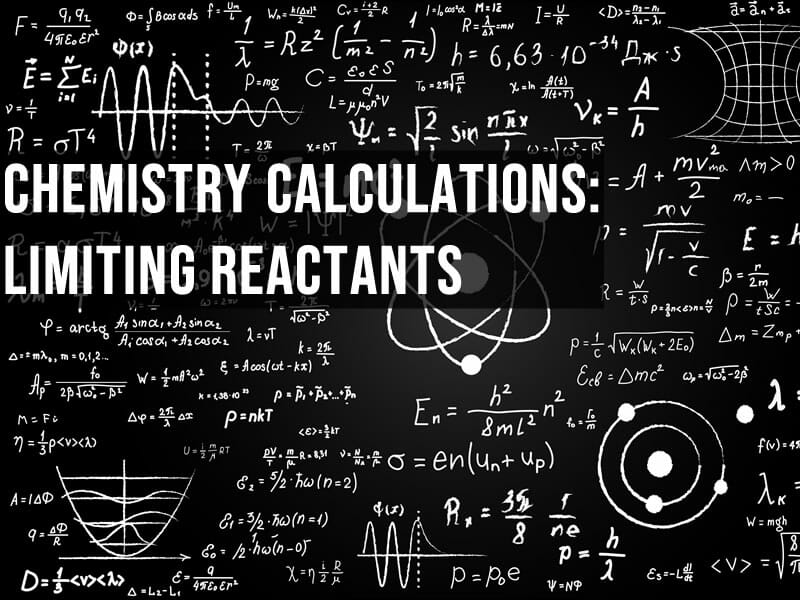
Easy way to balance chemical equations for GCSE
Balancing chemical equations
A chemical equation balancing question is normally worth 1 or 2 marks, which means you have at most 2 minutes to solve it. Everyone is taught the table method when learning to balance chemical equations (where you use a table to track the numbers of each element on each side of the equation) but you really don’t have time to be constructing tables in an exam.
Instead, I recommend trying the subscript method to balance chemical equations first. The idea behind this is simple. You cannot change subscripts in chemical formula, so instead use them to help balance the equation. This works because in the majority of equations, an element’s subscript on one side of the equation will be its balancing number (or coefficient) on the other side.
You can remember this method as a simple rule: use the subscripts as balancing numbers.
Here’s an example of how this works using the Haber process equation.
This is obviously unbalanced currently because we have 2 nitrogen atoms on the left-hand side and only 1 on the right-hand side, and 2 hydrogen atoms on the left-hand side but 3 on the right-hand side.
Since we can’t change the subscripts, start by using nitrogen’s subscript from the left-hand side as its coefficient on the right-hand side:
Then do the same with hydrogen’s subscript on the right-hand side, using it to balance hydrogen on the left-hand side. This now balances the equation.
How useful is this method?
Having looked through GCSE chemistry papers from AQA, CIE, Edexcel and OCR, I estimate this method is useful in balancing about 95% of chemical equations at GCSE level.
For some harder equations, often the subscript method is the starting point but you’ll have to use other rules to complete the balancing. (I wrote a longer post about the balancing chemical equations that you might want to check out).






Leave A Comment